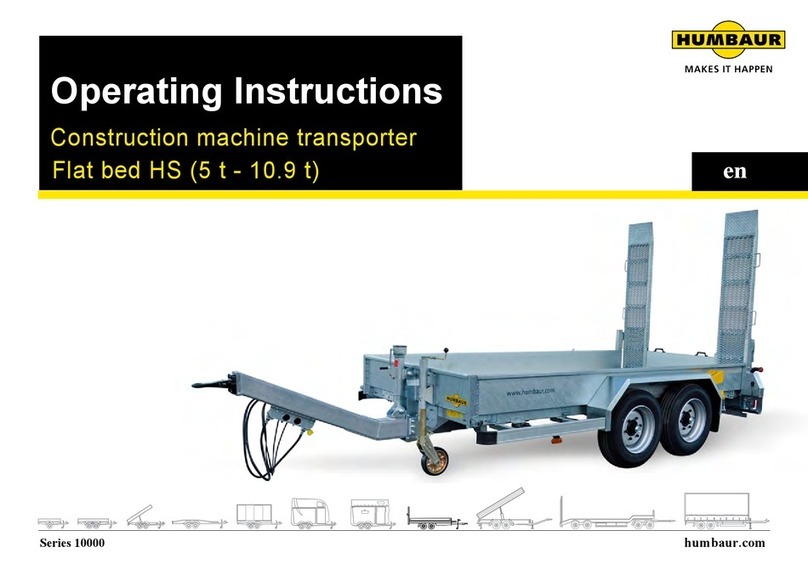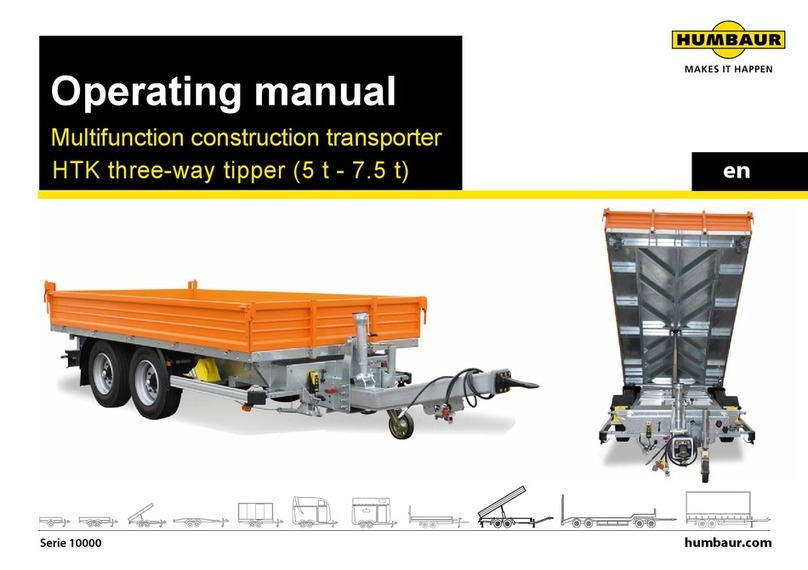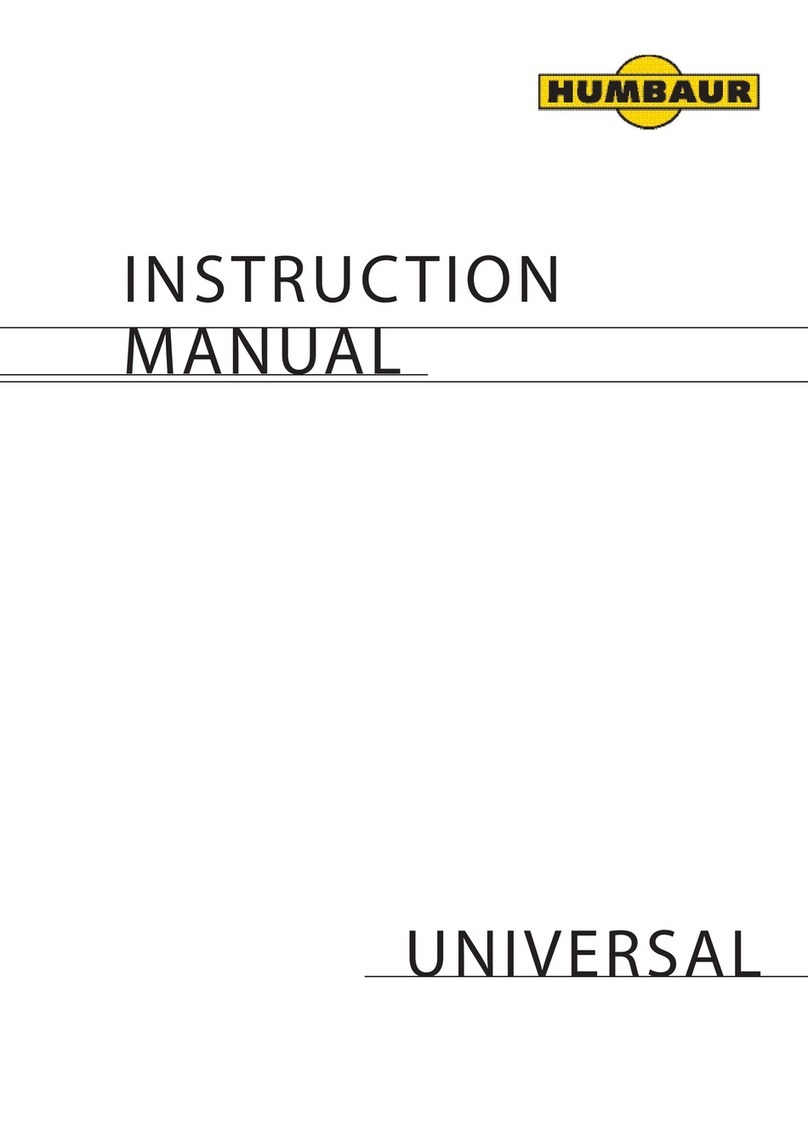
3
Contents of this operating manual
Keyword index
Use the keyword index, starting on
page 5, to search for specific topics.
1 Safety
The chapter entitled "Safety", starting on
page 9, contains safety-related
information on handling the trailer
properly.
Read this chapter before driving for the
first time.
2 General Information
The chapter entitled "General
information", starting on page 23,
provides information on vehicle
identification.
3 Operation
The chapter "Operation", starting on
page 41, provides information on loading
and unloading, correct load distribution,
and coupling and uncoupling the trailer.
4 Operation of the chassis
The chapter entitled "Operation of the
chassis", starting on page 77, provides
everything you need to know about the
controls of the chassis such as the
raising/lowering system, landing gear as
well as information on safe loading and
unloading.
5 Body
In the chapter "Body", starting on
page 125, you can see how you operate
the vehicle body properly, for example,
folding down platform gates, securing
ramp planks or which devices you can
use for securing the load.
6 Electrical system
In the chapter "Electrical system",
starting on page 237, you will find
information on the "Connectors and
assignments" lamps.
7 Inspection, care and
maintenance
In the chapter "Inspection, care and
maintenance", starting on page 257, you
will be informed of the activities required
for maintaining operational safety and
the value of your vehicle.
8 Troubleshooting
The chapter entitled "Troubleshooting"
starting on page 317, tells you what to do
in the event of problems or malfunctions
and provides contact details for service
team.































